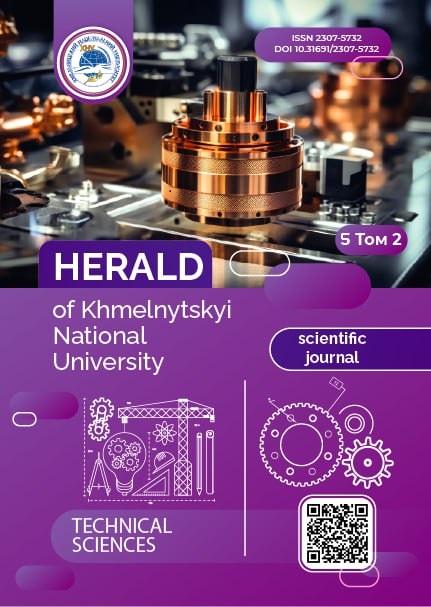METHODS OF CONTENT STRUCTURING AND PERSONALIZATION IN DISTANCE LEARNING SYSTEMS BASED ON AN AUTOMATIC-GRAPH'S MODEL
DOI:
https://doi.org/10.31891/2307-5732-2025-357-80Keywords:
adaptive learning, fuzzy non-deterministic automaton, learning personalization, integration of learning materials, content standardization, automatic-graph's modelAbstract
Modern distance education faces a dual challenge: the necessity for effective integration of heterogeneous learning materials, diverse in format and content, and the acute need for deep personalization of the learning process for each individual student. The absence of unified standards and the limitations of static traditional teaching methods significantly reduce its quality and effectiveness, which necessitates the development of new, flexible, and intelligent methodological approaches. In the context of the outlined problems of integrating heterogeneous learning materials and the need for deep personalization, this work is focused on the development of mathematical software for creating universal instrumental tools for adaptive learning. The proposed methodology provides a powerful toolkit for the formalization of learning content structure, organizing it as flexible, managed educational courses presented as directed graphs. The nodes of these graphs serve as specialized didactic units – slides, while the edges represent controlled transitions between them. Informational slides contain objects for displaying textual, graphical, audio, and video information, whereas interactive slides additionally include test tasks to provide feedback. The core of the adaptive mechanism is the individual student model, represented as a fuzzy non-deterministic automaton. The model is built upon the instructor's expert evaluations and is continuously refined by analyzing student performance data obtained through statistical processing of their test results. Such an automaton, governed by solving special compositional equations, allows the system to make well-founded decisions regarding the subsequent learning trajectory, dynamically forming and correcting optimal learning strategies based on the individual characteristics and progress of the student. The main result of this work is the creation of a comprehensive mathematical apparatus that allows for the adequate representation and effective management of the complex, non-linear, and dynamic aspects of the individual learning process. The use of fuzzy logic tools within the student model enables the system to successfully operate with the uncertainty inherent in the educational process, taking into account the student's subjective assessments of parameters such as task difficulty or the appeal of a particular learning method, as well as integrating their prior experience. Another important result is that the proposed graph-based approach to content structuring essentially offers a unified method for representing learning materials regardless of their original format. Such structuring serves as a first step towards the development of universal exchange formats, which will allow for the seamless integration of educational resources from diverse sources and contribute to solving the problem of lacking unified standards. The practical implementation of the developed provisions opens the way to creating instrumental systems capable of functioning as intelligent tutors that proactively construct and correct optimal learning paths. A key functional advantage is the system's ability to identify potentially ineffective learning strategies and initiate their timely and pedagogically sound transformation or a transition to mixed strategies to guarantee the achievement of educational goals. The practical consequence of the developed approach is the creation of an instrumental system that provides truly individualized and adaptive learning in real-time by promptly reacting to student results. This allows the system to automatically recommend and correct learning strategies, considering the student's individual style and performance. Such a system is designed to significantly improve the quality, flexibility, and overall efficiency of distance education through timely content adjustments, the acceleration of the transition to more unified information formats, and the creation of an interactive educational environment that maximally corresponds to the student's individual needs.
Downloads
Published
Issue
Section
License
Copyright (c) 2025 ВОЛОДИМИР УСАЧОВ, ГЕОРГІЙ ТІТОВ (Автор)

This work is licensed under a Creative Commons Attribution 4.0 International License.

